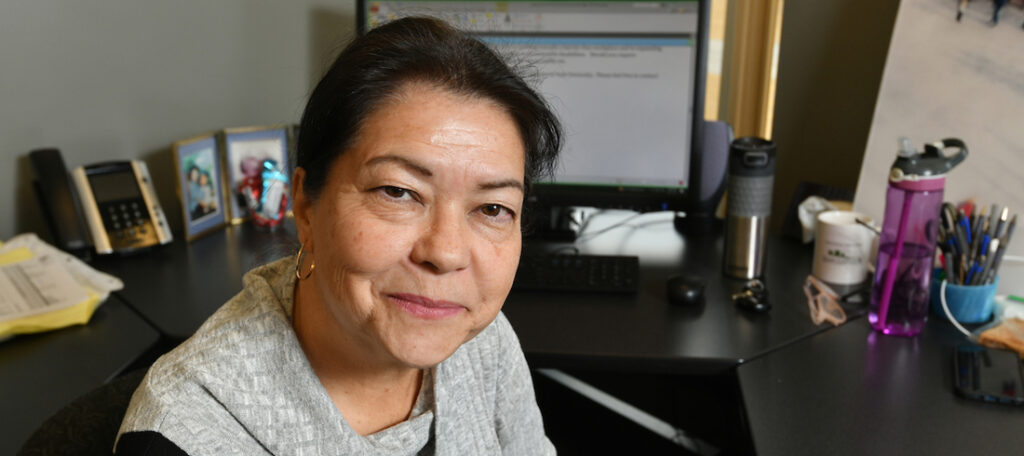
Kerry Kawakami
PSYCHOLOGY
NOBODY LIKES TO THINK OF THEMSELVES as racist. That’s why psychology professor Kerry Kawakami tries to design experiments that work around social norms in order to go deeper into our innate social categorization processes, which cause us to see the world in entrenched stereotypes even when we would like to think we don’t. “Implicit biases are the focus of my research, associations that you have with certain categories that you’re not aware of or you can’t control,” says Kawakami. Over many years, her lab has tested how White people categorize Black people, and more recently how Black people categorize White people, with plans to explore biases in other racial groups such as East and South Asians. Her research uses a variety of methods including eye trackers and mouse tracking to monitor visual attention and responses to facial expressions of people from different races.
At times, these studies involve distracting participants with content unrelated to race. For example, Kawakami shows participants in one experiment a photograph of a Black and White man bumping into each other and asks them to describe the two targets and what’s going on. Another group sees a similar image with two White men. And while only 20 percent describe the person’s race, participants describing the image with different races see the situation as much more conflictual. Says Kawakami: “Even though they think they’re being unprejudiced by not acknowledging race, their associations with these categories are influencing perceptions.
Such influences often happen in the courts, an area where Kawakami’s research is becoming more relevant. She has recently testified in cases ranging from unjust terminations to the well- publicized case of a Black child shackled by police for misbehaving in school, providing an expert opinion about implicit biases that may have been at play. She has consulted on panels aiming to reduce bias among court judges, offering advice on how to look for similarities between themselves and people who appear in their courtrooms and how to be wary of ambiguous information and behaviors. “It’s useful to try to look at the person behind the category membership and to try to interact with people in contexts other than court, going to multicultural festivals for example. So, court encounters are not the only time you’re interacting with people from different races and backgrounds,” says Kawakami.
